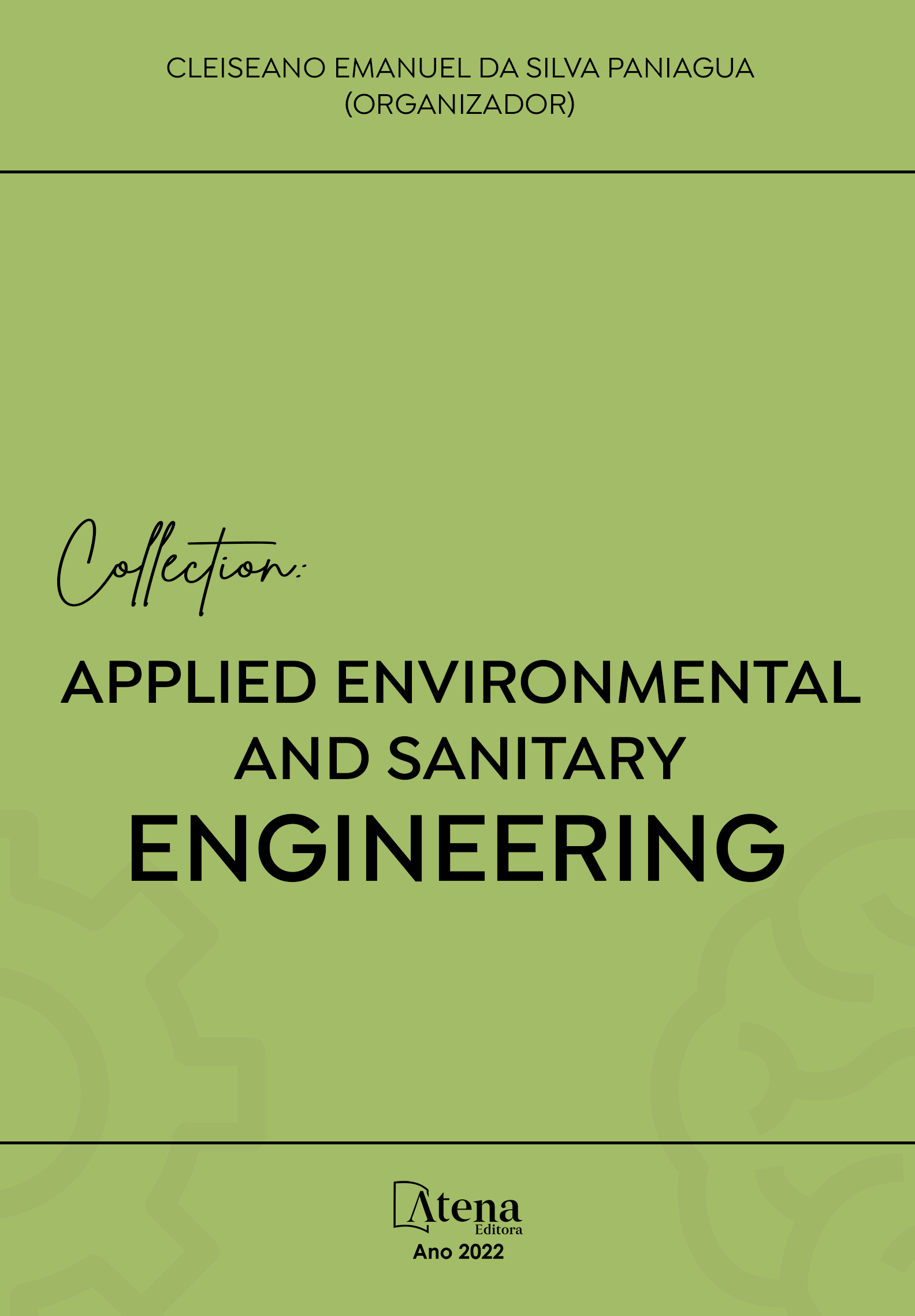
COMPORTAMENTO DAS QUEIMADAS NOS BIOMAS BRASILEIROS ENTRE OS ANOS DE 2009 E 2020
As queimadas recorrentes no Brasil têm se intensificado com o passar dos anos, estabelecendo-se como um dos problemas ambientais causadores de grandes impactos aos biomas no país. O Brasil é um dos países que é destaque no abastecimento mundial de alimentos, porém as técnicas de manejo do solo necessitam de mais atenção. O objetivo da pesquisa é realizar um estudo histórico dos últimos 12 anos (2009 – 2020), das áreas queimadas por biomas no território brasileiro, e caracterizar cada um dos biomas, a partir de dados do sensor Moderate Resolution Imaging Spectroradiometer (MODIS) disponibilizados pelo Instituto Nacional de Pesquisas Espaciais (INPE). As queimadas acontecem anualmente em todos os biomas do território brasileiro, sofrendo fortes influências da ação antropogênica devido à expansão agropecuária. O bioma Cerrado esteve em destaque, porém devido suas características a incidência de fogo neste bioma se fará presente. O estudo evidencia que nos anos de 2019 e 2020 todos os biomas tiveram aumento das queimadas em suas áreas, e que juntos somaram um total equivalente a 937.107.705 milhões de campos de futebol queimados em 12 anos. Isto é resultado das ações antropogênicas bem como as influências climáticas. Entretanto, o fogo atua como um agente modificador dos ecossistemas naturais e a intensificação das queimadas contribui negativamente para aceleração destes efeitos. Se faz necessário instituir políticas eficientes e imediatas, conforme as características e as necessidades de cada bioma, bem como fiscalizações competentes para que estas sejam executadas.
COMPORTAMENTO DAS QUEIMADAS NOS BIOMAS BRASILEIROS ENTRE OS ANOS DE 2009 E 2020
-
DOI: 10.22533/at.ed.5782219017
-
Palavras-chave: Áreas queimadas. Biomas brasileiros. Impactos ambientais. Políticas públicas.
-
Keywords: Burnt areas. Brazilian biomes. Environmental impactos. Public Policy.
-
Abstract:
Recurrent fires in Brazil have intensified over the years, establishing themselves as one of the environmental problems that cause great impacts to biomes in the country. Brazil is one of the countries that stands out in the global food supply, but soil management techniques need more attention. The objective of the research is to carry out a historical study of the last 12 years (2009 - 2020), of the areas burned by biomes in the Brazilian territory, and characterize each of the biomes, using data from the Moderate Resolution Imaging Spectroradiometer (MODIS) sensor made available by the National Institute for Space Research (INPE). Fires occur annually in all biomes in the Brazilian territory, suffering strong influences from anthropogenic action due to agricultural expansion. The Cerrado biome was highlighted, but due to its characteristics, the incidence of fire in this biome will be present. The study shows that in the years 2019 and 2020 all biomes had an increase in fires in their areas, and that together they added up to a total equivalent to 937,107,705 million football fields burned in 12 years. This is the result of anthropogenic actions as well as climatic influences. However, fire acts as a modifying agent for natural ecosystems and the intensification of fires contributes negatively to the acceleration of these effects. It is necessary to institute efficient and immediate policies, according to the characteristics and needs of each biome, as well as competent inspections for these to be carried out.
-
Número de páginas: 18
- Débora Cristina Correia Cardoso
- Daniely Neckel Rosini
- Jordana dos Anjos Xavier
- Alexandre Tadeu Paulino
- Valter Antonio Becegato


